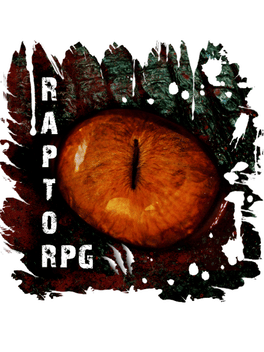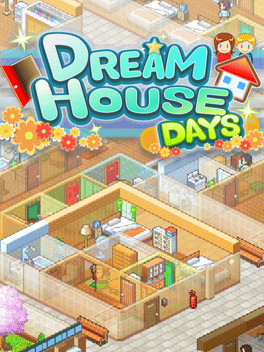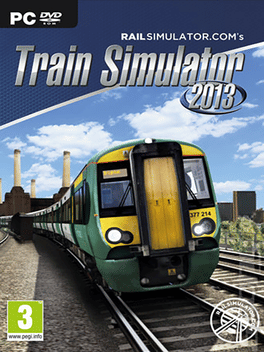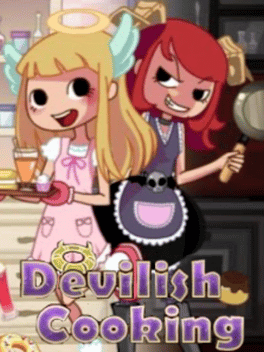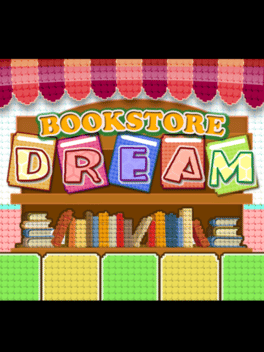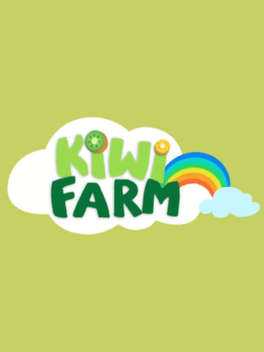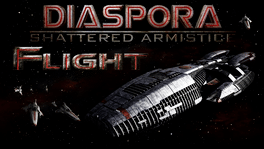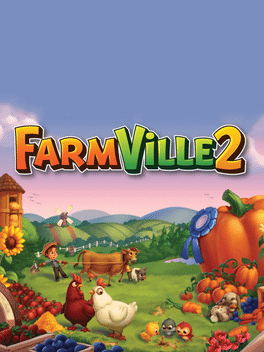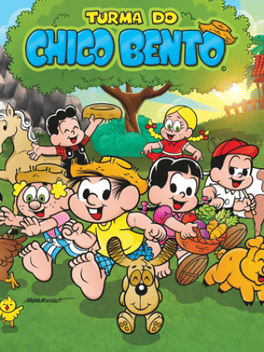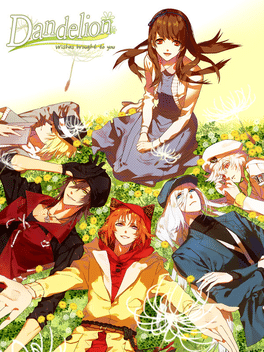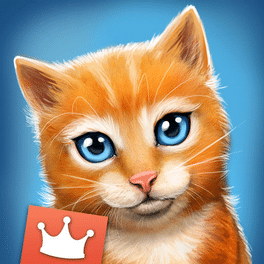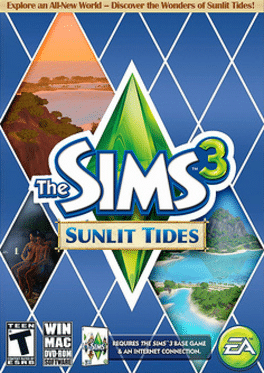New Dos Games - Page 272
-
Raptor RPG: Dino Sim
2012
Raptor RPG: Dino Sim
2012
Battle against a Mecha T-Rex on the moon in low gravity! Unlock the Secret Hub to play as a SPINOSAURUS and T-REX! Rescue an EGG, HATCH and raise it into your own BABY Raptor! -
Mouth Mover
2012
Mouth Mover
2012
Talk louder and watch the mouths open wider! The mouths change shape from how quiet or loud you talk! -
Train Simulator 2021: Amtrak F40PH 'California Zephyr' Loco
2012
The F40PH California Zephyr brings together one of the most famous names and one of the most recognizable shapes in US railroading for Train Simulator 2021! -
Dream House Days
2012
Dream House Days
2012
Dream House Days is an apartment management game, where you furnish apartments, and slowly grow your building into a place anyone would be happy to live in! You must furnish each apartment to your tenants' needs and be a good landlord, as well as making a profit. -
Style Savvy: Trendsetters
2012
star 8.6In the Style Savvy: Trendsetters game, you take on the role of a budding fashion mogul, working your way to the top of the fashion world! Manage your own boutique and help customers find the perfect outfit by keeping up with fashion trends, stocking new clothes for your store, and customizing your shop to reflect your personality. Choose from over 12,000 clothing items and accessories spanning 19 different brands to put together dream-come-true ensembles for hundreds of customers. Share your creations with friends who have the game through an online* shopping portal, download additional outfits online*, and discover an AR Photo Shoot mode that virtually puts your outfits into the real world! -
Pacific Fleet
2012
Pacific Fleet
2012
star 9"It really has too much detail and logic to be dismissed as an arcade game." - Neal Stevens, subsim.com "One of six games you should have played in 2013 (but probably didn't)." - Owen Faraday, pockettactics.com Pacific Fleet is turn based game set upon a detailed simulation depicting naval warfare during World War II. Check out the full game trailer at: http://www.youtube.com/watch?v=8k7dq_0fPPc Features: - All new graphics depict the greatest war at sea in stunning full 3D - Historically based ships, aircraft, weapons and dozens of ship upgrades - A unique blend of deep strategic planning combined with quick tactical decisions - Play as the US Pacific Fleet or Imperial Japanese Navy - 90 combat zones to battle through on your way to victory - Single Battle and Multiplayer Hotseat modes - Complete 44 achievements - Sink ships with realistic buoyancy physics, not with hit-point bars! - Submarine warfare and carrier operations with dive bombing and torpedo bombers - Dynamic weather, shore bombardments and night e -
Train Simulator 2013
2012
Train Simulator 2013
2012
RailSimulator.com pushes the boundaries of simulation once again with Train Simulator 2013, the latest addition to the multi-award winning series. Feel the power as you drive some of the world's mightiest machines on railroads across the globe. -
Devilish Cooking
2012
Devilish Cooking
2012
Angel or devil, you will you have to choose your role in this cooking game which offers two distinct game modes: a classic "nice" mode in which you'll learn more than a dozen delicious recipes and a "naughty" one where you have to ruin the dish of your rival. -
Bookstore Dream
2012
Bookstore Dream
2012
star 6.7A simulation game where you manage your own bookstore. Able to pick your publishers, items to sell and decide where to place your bookcases and set your own discounts -
Take on Helicopters: Rearmed
2012
Take On Helicopters: Rearmed is a free official DLC for Take On Helicopters. It seamlessly merges Arma 2 and Arma 2: Operation Arrowhead content into the game. Fly your helicopter over the gorgeous autumn landscape of Chernarus, dodge incoming fire from a myriad of Anti-Air weapon systems, and fight in massive combined arms operations. -
Kiwi Farm
2012
-
Diaspora: Shattered Armistice
2012
It has been 40 years since the devastating war between the Colonials and the Cylons. 40 years where no one has seen or heard of the Cylons. 40 years where the armistice has held. -
FarmVille 2
2012
-
Turma do Chico Bento
2012
Turma do Chico Bento
2012
Turma do Chico Bento was a social farm simulation game developed by Insolita Studios and published by Level Up! in partnership with Mauricio de Sousa Produções. In the game, the player needed to take care of his farm, planting and taking care of the animals, while participating in adventures as if he were in a story of Chico Bento, the “caipirinha” created by Mauricio de Sousa. -
Dandelion: Wishes Brought to You
2012
star 6.6Dandelion: Wishes Brought to You is a female-oriented game developed by Cheritz. The game was released in South Korea in August of 2012. The English translation for Dandelion was released in November of 2012. Hee-Jung is a 21 year old girl who pushes herself to be perfect at everything; yet she realizes that she does not know what she really desires. Although she lives a hectic life, she feels like she is on the road to nowhere. However, one day she encounters mysterious animals and decides to take them in. She doesn't yet realize that this will radically change her life... -
PetWorld 3D: Premium
2012
PetWorld 3D: Premium
2012
star 9Welcome to the world of the Animal Rescue Sunflower! Whether they're cute hamsters or guinea pigs, sweet bunnies, playful cats or cuddly dogs: they all want to be cared for with love and adopted by the right owners. ANIMAL CARE Many of your rescues didn't always have it easy in their lives, but luckily they at least found their way to you. After an initial examination to determine current health conditions and to establish any necessary treatment, life in the animal rescue can begin. Take care of your little friend with food and water and make sure that they always have fresh litter. When they have everything they need, pretty soon they'll feel fit as a fiddle again! TAKE RESPONSIBILITY FOR PETS Of course the animals are in the best possible hands with you, but they do eventually need a real home. As soon as the head of the animal rescue, a grumpy professor, puts you in charge of the animal adoption process, it's your job to find the most suitable new animal owner. There is no better way to teach soon to -
The Sims 3: Sunlit Tides
2012
star 6.8A modern downtown gives way to a lush jungle sprinkled with exotic bungalows and waterfront vacation homes nestled between the gentle waves of the ocean and a sun kissed lagoon. Enjoy a picnic on the beach, plan a secret rendezvous at an island waterfall, or cozy up to a loved one in the shade of a palm tree and watch the sun sink into the sea. Will your Sims find true love, or just have fun trying? -
Hot Dog Bush
2012
-
Train Simulator 2021: BR Class 31 Freight Loco
2012
The Class 31 is a classic British workhorse just waiting to get to work in Train Simulator 2021.
